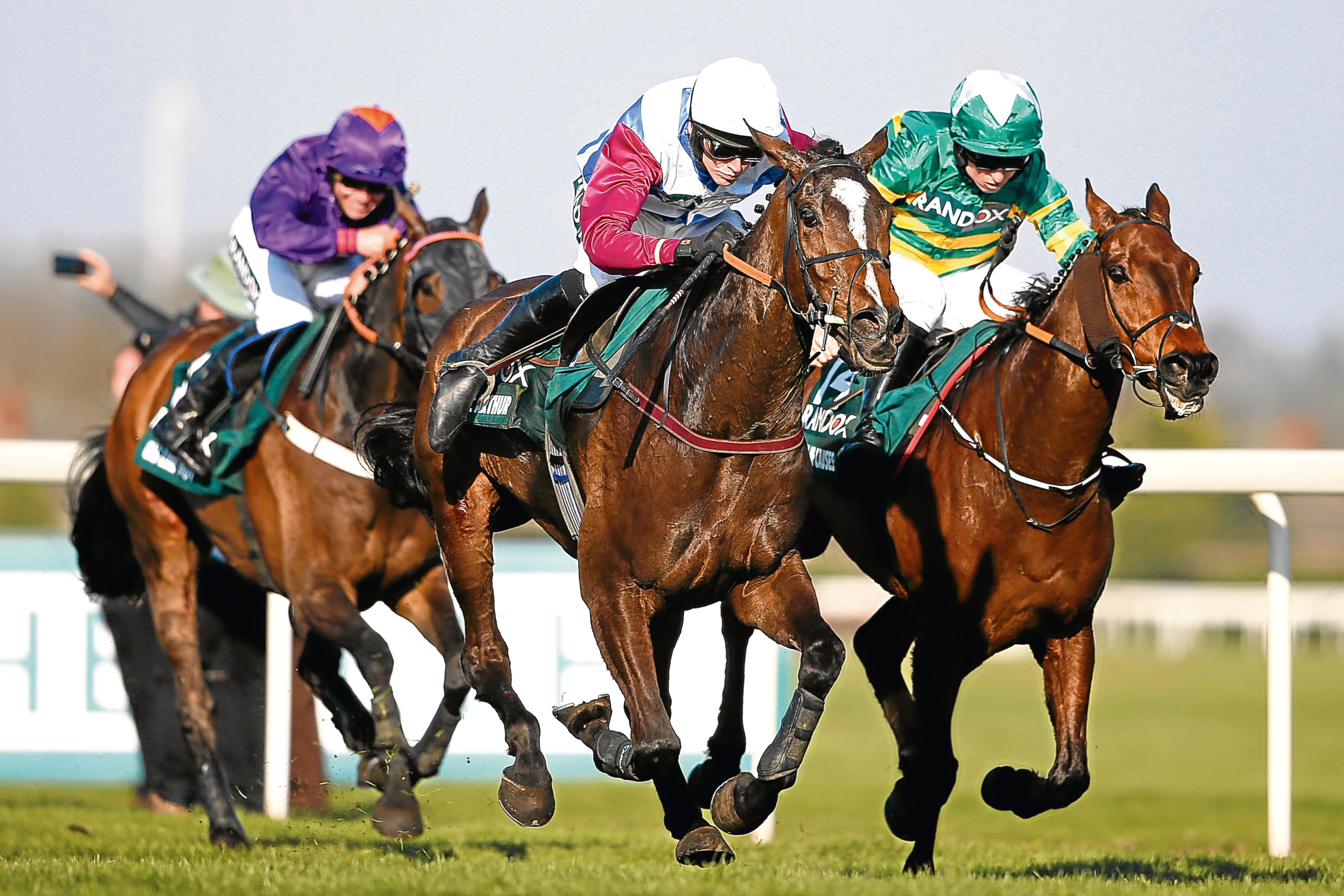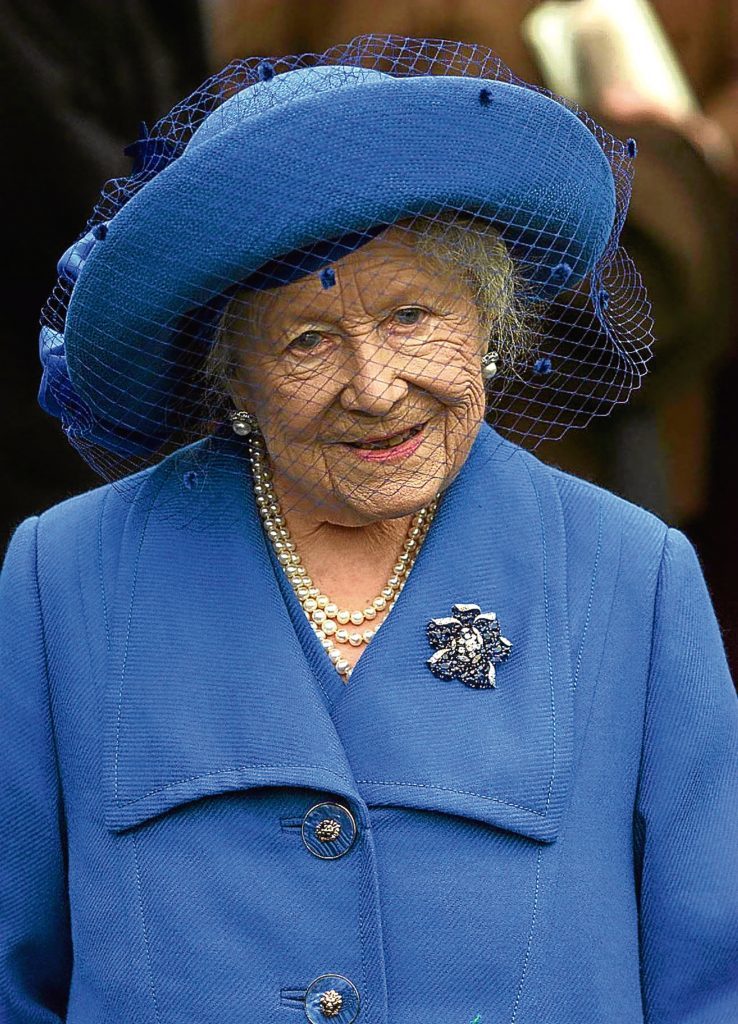
SCOTLAND’S association with horse racing is long and varied.
Following the release of a new and updated edition of his book, The Scots & The Turf, author Alan Yuill Walker told Murray Scougall the Honest Truth about the country’s love affair with the sport
What’s your background?
A son of the Manse, my father was a GP who became a farmer. The farm was next door to a racing stable and that’s when I became enamoured with all aspects of the turf.
Why did you decide to write a book about Scotland’s impact on horse racing?
Having spent my career writing about racing and breeding, I became aware of the little-known contribution that Scottish people had made in this sphere.
What did your research entail?
Much of the research had been the accumulation of information gleaned over the years in writing books on the subject plus articles for magazines. Much of that work entailed interviews in far-flung places.
Were you surprised by the wealth of history?
Not at all, but I soon realised that few people appreciated the extent to which Scottish people have been involved.
A prime example is John Hislop – no one recognised the man responsible for Brigadier Gerard (a thoroughbred that won 17 of his 18 races) as a Scot!
Scotland now has only five racecourses. Why did so many disappear?
In the dim and distant past Scotland had as many as 50 racecourses, but much detail has been lost in the mists of time.
Doubtless their disappearance was owed to their remoteness, plus inadequate facilities. They would never have been financially viable as permanent fixtures.
With so many racecourses, was horse racing a more popularly attended sport than it is today?
Because historical records are sparse, I don’t think it is possible to ascertain just how popular horse racing in Scotland was in the old days compared to the present. But the survival of flapping meetings (events not recognised by the British Horseracing Association) in Scotland shows that local support is still as strong as ever.
Who are some of the main players to feature in the book?
Four stalwarts are the Queen Mother (owner), Willie Carson (jockey and breeder), and trainers Mark Johnston and Alan King, while the last few years have brought new names to the fore such as Lucinda Russell (trainer of One For Arthur), and record breakers Keith Dalgleish and Lucy Alexander.
Any interesting anecdotes about the Queen Mother’s role in the sport?
It says much about her that the Injured Jockeys’ Fund, of which she was patron, chose her racing colours to represent their cricket team. My favourite anecdote is her reaction to using a helicopter to convey her to the Cheltenham Festival: “The chopper has changed my life as conclusively as that of Anne Boleyn!”
What impact has One For Arthur’s Grand National success last year made?
This is probably the greatest single event in the history of Scottish racing as the National is arguably the most famous race in the world. One For Arthur was the first winner to be trained in Scotland by a Scot – the only other one was trained by an Englishman.
How does the future look for the sport in Scotland?
There seems to be more enthusiasm for racing than ever before. However, there is a caveat.
Earlier in the year the very future of Musselburgh appeared in jeopardy and then Ayr had the grave misfortune to have to abandon its flagship three-day Gold Cup meeting in September. The powers that be must never be complacent.
The Scots & The Turf by Alan Yuill Walker is out now from Black & White Publishing.

Enjoy the convenience of having The Sunday Post delivered as a digital ePaper straight to your smartphone, tablet or computer.
Subscribe for only £5.49 a month and enjoy all the benefits of the printed paper as a digital replica.
Subscribe